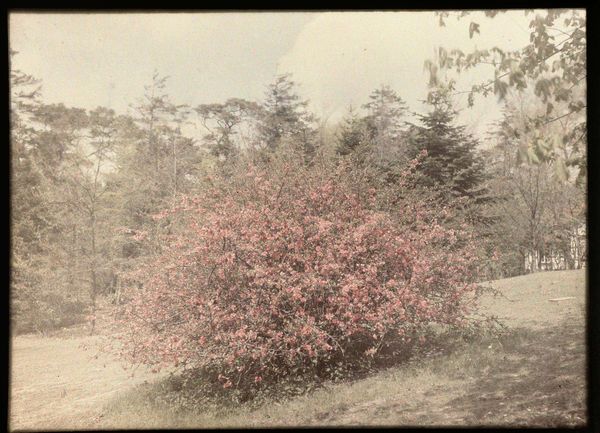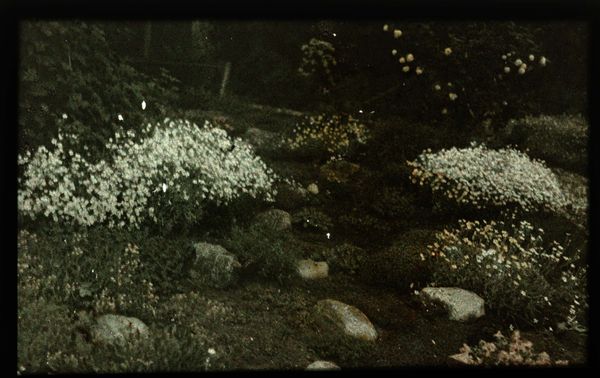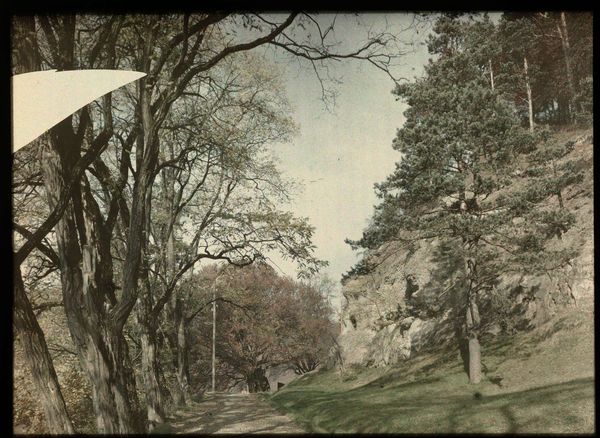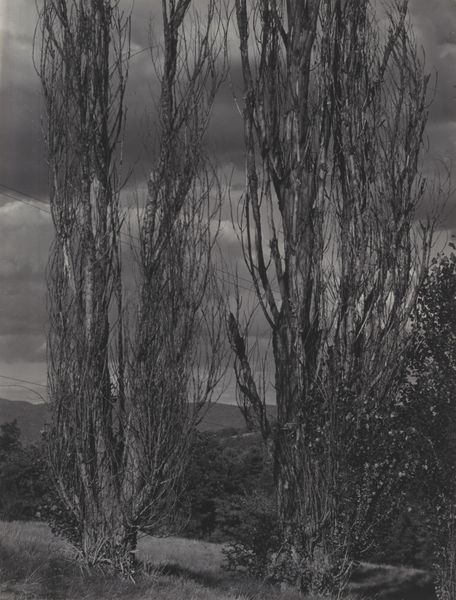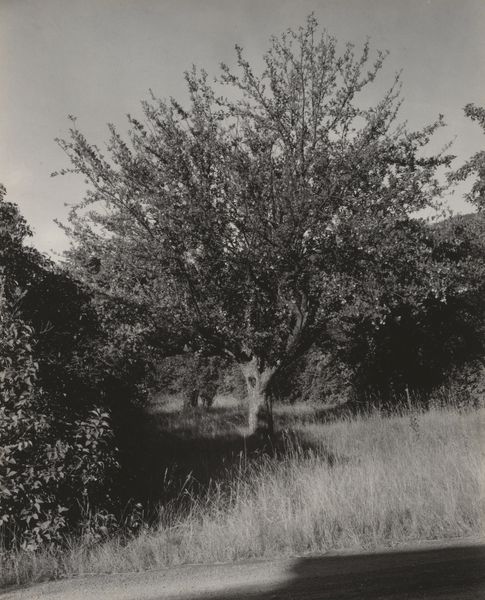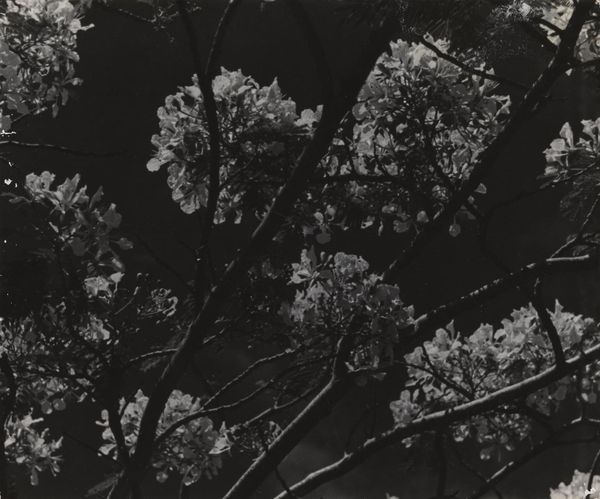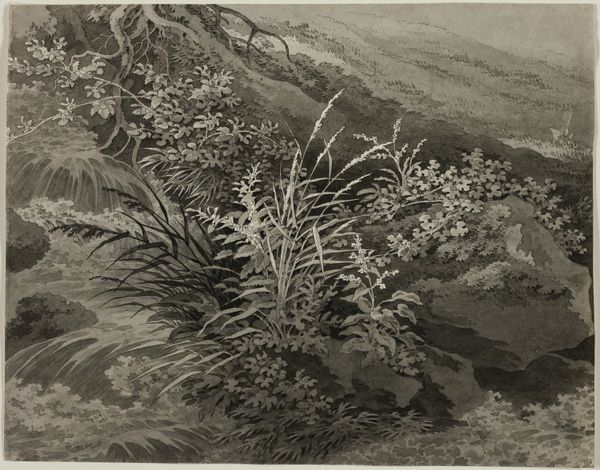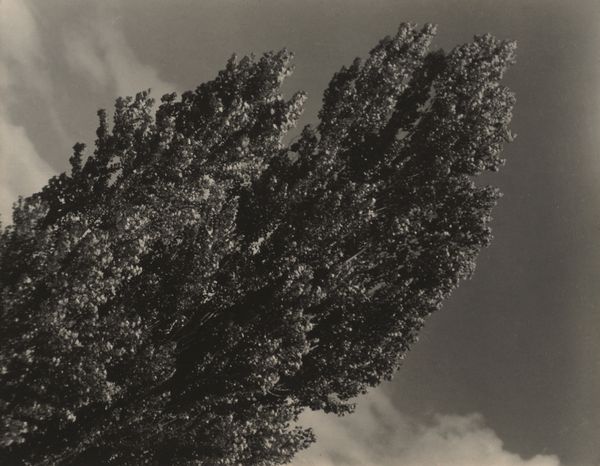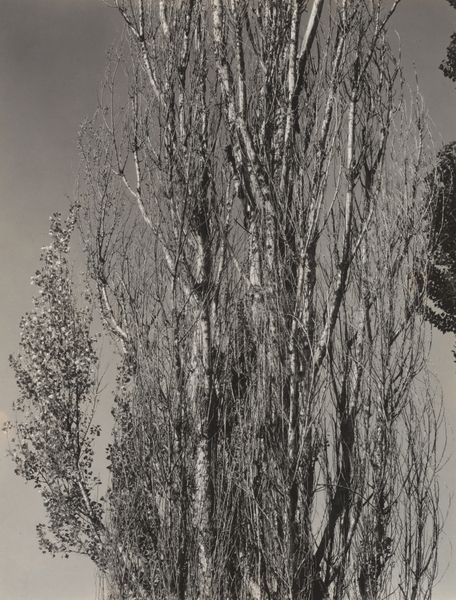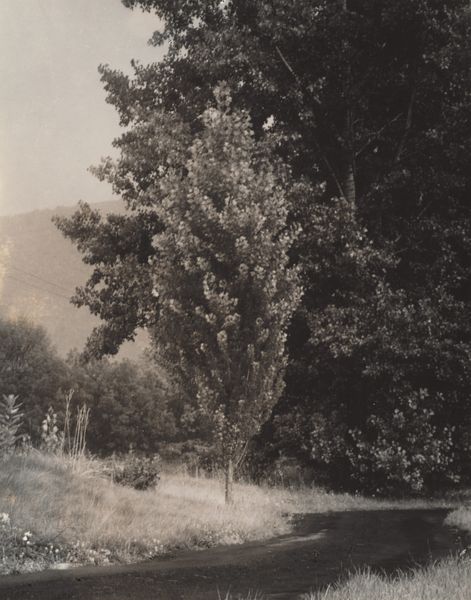
Dimensions: height 88 mm, width 120 mm
Copyright: Rijks Museum: Open Domain
This vibrant photograph of a flowering shrub was captured by Adolphe Burdet, a Swiss photographer active in the early 20th century. It was created using the Autochrome process, an early color photography technique involving coating a glass plate with microscopic grains of potato starch dyed red-orange, green, and blue-violet. This meticulous method allowed light to filter through the colored starch, creating a mosaic of colors on the plate. Upon development, this resulted in a positive transparency, effectively an early form of color slide. Look closely, and you can see how these tiny grains blend to create the overall image. What’s fascinating is how this method democratized color photography, bringing it into the hands of amateur and professional photographers alike. Yet, it was also labor-intensive, demanding precision in both preparation and execution. The image's very construction – a blend of science, craft, and artistry – invites us to consider the rich intersection of technology and creative expression.
Comments
No comments
Be the first to comment and join the conversation on the ultimate creative platform.

